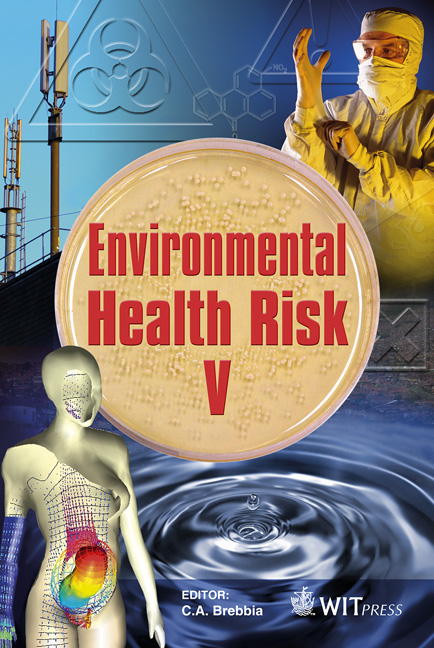Dissemination Of Potentially Pathogenic Bacteria Into The Environment
Price
Free (open access)
Transaction
Volume
14
Pages
9
Page Range
151 - 159
Published
2009
Size
476 kb
Paper DOI
10.2495/EHR090151
Copyright
WIT Press
Author(s)
D. S. Al-Otaibi, A. A. Akbar, H. Drobiova, C. Obuekwe & E. Al-Saleh
Abstract
Under certain conditions, untreated wastewater is released into the sea discharging pathogenic microorganisms into the marine environment. Therefore, it is very important to monitor seawater for the presence of such microorganisms and legislate roles and penalties to avoid and prevent the dumping of such hazardous bacteria. The present study demonstrates the occurrence and survival of pathogenic bacteria in seawater samples collected from four locations at ALSabah beach, Kuwait bay. A total of 230 bacteria were isolated and identified by the amplification of 16S rDNA sequences from bacterial pure cultures. Phylogenetic analyses indicated the dominance of three γ-proteobacteria phylotypes: Enterobacter, Pantoea and Klebseilla. The diversity of the isolated bacteria was examined by restriction fragment length polymorphism (RFLP) analysis of 16S rDNA sequences amplified by a polymerase chain reaction (PCR). In addition, the survival of isolated bacteria in seawater was investigated by monitoring their growth and activity. All isolated bacteria exhibited resistance to penicillin and sulphonamides and demonstrated the potential to survive in seawater for 750 hours. This study exemplified the importance of monitoring seawater that may represent a latent source of hazardous bacteria. Keywords: pathogenic, RFLP, PCR, seawater, marine, 16S rDNA, phylotypes.
Keywords
pathogenic, RFLP, PCR, seawater, marine, 16S rDNA, phylotypes





